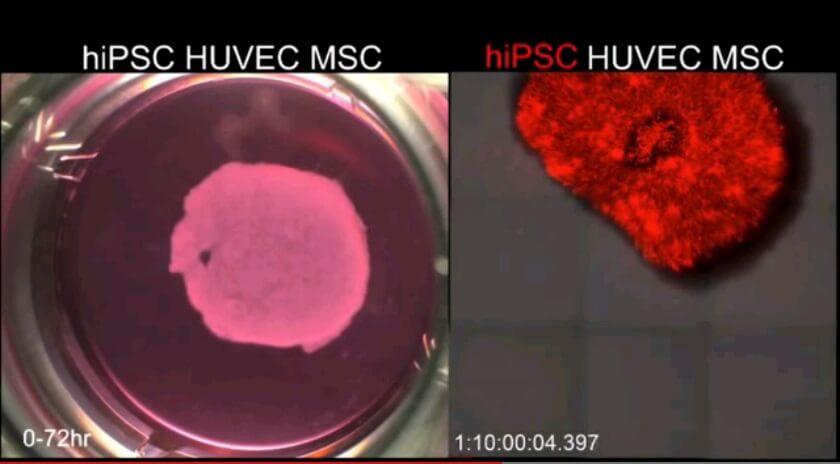The human liver is well absorbed by mice * In a study published yesterday in Nature, the Japanese researchers say that the method will be able in about a decade to allow the regeneration of the liver and the elimination of the need for a liver transplant and the death of the patients while waiting

A liver created in a laboratory from stem cells could become a reality in about a decade. So say researchers in Japan, who for the first time created a liver from stem cells while improving the process that may allow the growth of liver tissue for transplantation within a decade.
Researchers at the Yokohama University School of Medicine used induced stem cells, usually derived from blood or skin cells, to create three types of cells that make up the human liver in the embryonic stage. The hepatic endoderm cells, mesenchymal stem cells and endothelial cells were mixed together to see if they could grow and become the liver. Indeed, this is what happened - when they were transplanted into their mice, the human liver cell sprouts matured and blood vessels connected to the blood system of the host mice, and began to perform many of the functions of mature human liver cells.
"To the best of our knowledge, this is the first time that the creation of a functioning human organ from induced stem cells has been demonstrated," the researchers write in the journal Nature.
The initial results are promising, says Valance Gowan-Evans, who studies liver development and regeneration at Mount Sinai Hospital in New York. "This is an innovative thing," she said in an interview with the Nature website, "because the liver tissues are supported by the host's blood system, the transplanted cells will be able to continue to thrive and perform the functions of the liver." However, she says that it will be necessary to carry out the process in animals for at least another few months to see if the liver will also start to break down or form tumors.
Takebe, a stem cell researcher at the University of Yokohama and one of the partners in the study, believes that this is the first time that humans have succeeded in creating a solid organ using induced stem cells, which are created by reprogramming skin cells to an embryo-like state. Examining whether the liver sprouts will be able to help patients will take years, says Takaba, besides the need for long-term animal experiments, it is still impossible to produce liver sprouts in a quantity that would be sufficient for transplantation in humans.
In the current study, the researchers implanted the liver sprouts in the appropriate places in the mouse's body. In the future, Takaba hopes to create liver sprouts small enough to be transplanted without surgical intervention into mice, and eventually into humans. He also hopes to implant the sprouts into the liver tissues themselves to improve their absorption, something that was not tested in the current study.
For the full article on the Nature website
A screen shot from a movie attached to the article in Nature by the Japanese researchers who developed a liver from stem cells

One response
http://japandailypress.com/tag/takanori-takebe